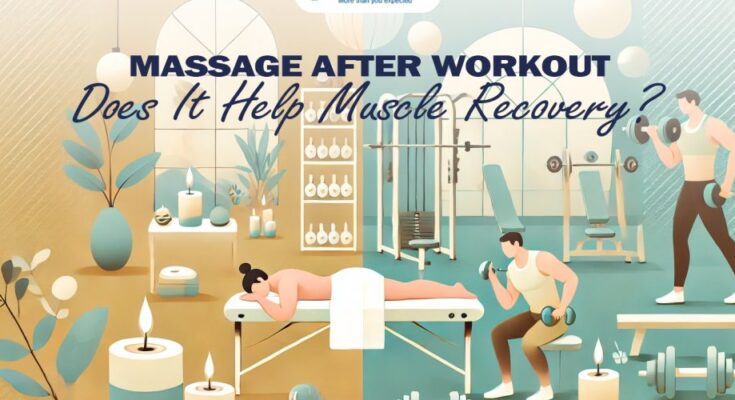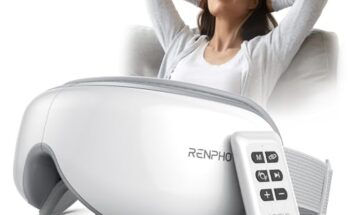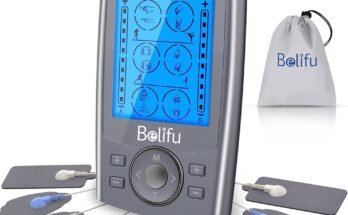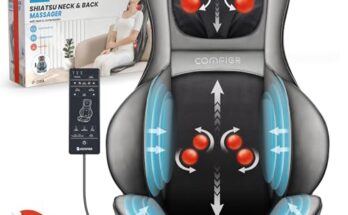Yes, body massage is good for muscle recovery. It helps reduce muscle soreness and improves circulation.
Many athletes and fitness enthusiasts swear by it. Muscle recovery is crucial after intense workouts. Without proper recovery, muscles can stay sore and tense for days. This is where body massage comes into play. Massage therapy works wonders by boosting blood flow to tired muscles.
It also helps reduce inflammation and tension, promoting quicker healing. Whether you are a professional athlete or someone who exercises for health, understanding the benefits of massage can make a big difference. Dive in to discover how massage therapy can enhance your muscle recovery and overall well-being.
Types Of Body Massage
Body massage offers numerous benefits for muscle recovery. Various types of massages target different muscle groups and issues. Understanding these types can help you choose the best one for your needs.
Swedish Massage
Swedish massage is one of the most popular types. It uses long, gentle strokes to increase blood flow. This helps in relieving muscle tension. It also promotes relaxation and reduces stress. Swedish massage is great for overall wellness.
Deep Tissue Massage
Deep tissue massage focuses on deeper muscle layers. It is ideal for chronic muscle pain and stiffness. Therapists use slow, firm strokes to reach deep muscle layers. This helps in breaking down muscle knots. It also improves muscle flexibility.
Sports Massage
Sports massage is perfect for athletes. It targets specific muscle groups used in sports. This type of massage aids in injury prevention. It also speeds up muscle recovery after intense workouts. Sports massage can be customized to your sport’s needs.

Physical Benefits Of Massage
Massage therapy offers numerous physical benefits for muscle recovery. It helps to improve blood flow, reduce muscle tension, and enhance flexibility. These benefits contribute to faster healing and overall well-being.
Improved Blood Circulation
Regular massage can significantly improve blood circulation. This is crucial for muscle recovery. Improved circulation means better oxygen and nutrient delivery to muscles. It helps in removing waste products like lactic acid. This process speeds up recovery and reduces soreness.
Reduced Muscle Tension
Massage is effective in reducing muscle tension. Tight muscles can cause discomfort and restrict movement. Massage helps in relaxing these muscles. It breaks down adhesions and knots, leading to less stiffness. This allows for better movement and reduced pain.
Enhanced Flexibility
Massage can enhance flexibility. Tight muscles can limit your range of motion. Regular massages help in stretching and loosening muscles. This leads to improved flexibility and better performance. Enhanced flexibility reduces the risk of injuries.
| Benefits | Details |
|---|---|
| Improved Blood Circulation | Better oxygen and nutrient delivery to muscles |
| Reduced Muscle Tension | Less stiffness and pain, better movement |
| Enhanced Flexibility | Improved range of motion, reduced injury risk |
Psychological Benefits Of Massage
Body massage is not only good for muscle recovery. It also has many psychological benefits. Regular massages help your mind feel relaxed and refreshed.
Stress Reduction
Stress can take a toll on both your mind and body. Massages help reduce stress by relaxing your muscles. This sends a calming signal to your brain. You feel more at ease and less anxious.
Improved Sleep
Many people struggle with sleep issues. A good massage can help you sleep better. It relaxes your body and mind. This makes it easier to fall asleep and stay asleep.
Enhanced Mental Clarity
Feeling foggy or distracted? Massages can help with that. They improve blood flow and reduce stress. This leads to better focus and mental clarity. You will find it easier to concentrate on tasks.
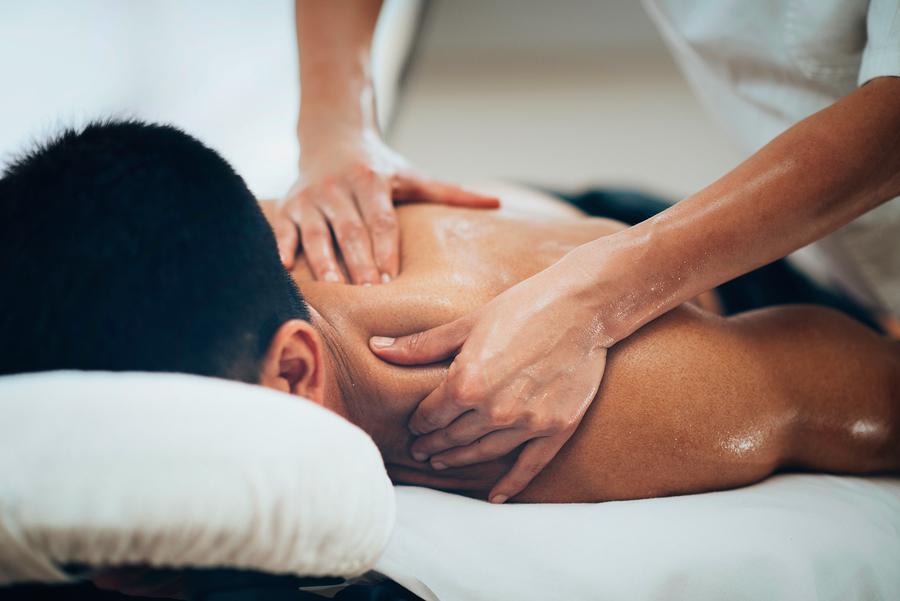
Scientific Evidence
Many people wonder if body massage helps with muscle recovery. Scientific evidence provides a clearer picture. Let’s explore what studies say and what experts think.
Studies On Muscle Recovery
Research shows that body massage can benefit muscle recovery. Several studies highlight its positive effects. For instance, a study in the Journal of Athletic Training found that massage reduces muscle soreness. Another study in the British Journal of Sports Medicine supports this finding. It reports that massage can decrease muscle stiffness.
Massage increases blood flow to muscles. Better blood flow means more oxygen and nutrients. This helps muscles repair faster. Studies also suggest that massage reduces inflammation. Less inflammation means less pain and quicker recovery.
Expert Opinions
Many experts agree on the benefits of massage for muscle recovery. Sports doctors recommend it for athletes. They say massage helps prevent injuries. Physical therapists also support massage. They believe it speeds up the healing process.
Experts highlight one key point. Consistency is crucial. Regular massages can lead to better results. Occasional massages may not have the same effect. Experts also suggest combining massage with other recovery methods. Hydration, proper nutrition, and rest are important too.
When To Get A Massage
Muscle recovery can benefit greatly from a body massage. It helps reduce soreness and improve blood flow. Massages also aid in relaxing tight muscles.
Knowing the best time for a massage can boost muscle recovery. The right timing and frequency can enhance the benefits of massage therapy. This section will help you understand when to schedule your massages for optimal recovery.Post-exercise Timing
Getting a massage soon after exercise can reduce muscle soreness. Aim to book a session within 24 to 48 hours post-workout. This period is crucial for muscle recovery. Early treatment can help in reducing inflammation and promoting blood flow.Frequency Of Massages
Regular massages can keep your muscles in good condition. For those who exercise heavily, aim for a session once a week. If you have a moderate workout routine, a bi-weekly massage may suffice. Listen to your body and adjust the frequency as needed. Consistent massages will help in maintaining muscle health and preventing injuries. “`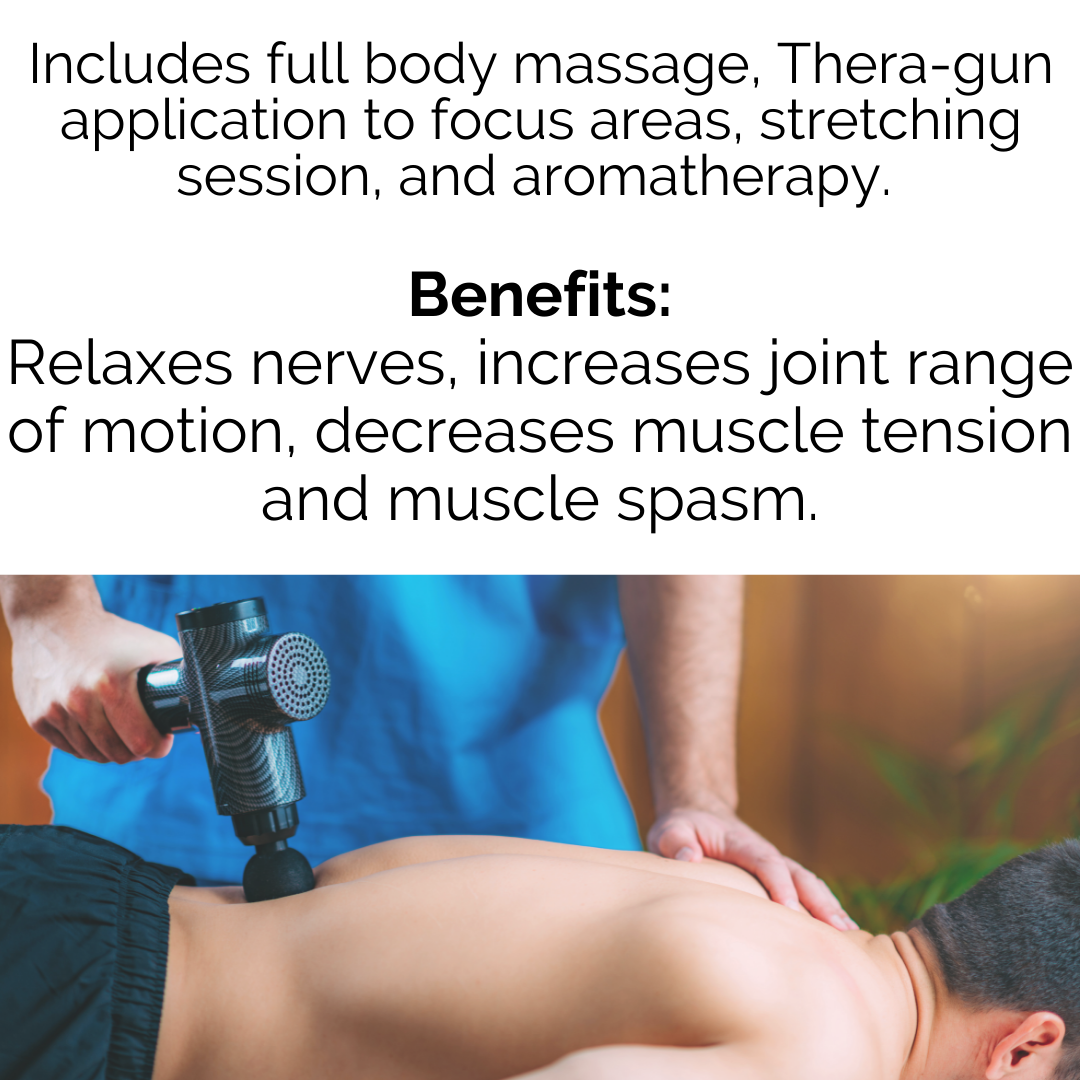
Choosing The Right Massage Therapist
Finding the right massage therapist is crucial for effective muscle recovery. The right therapist can make a big difference in your recovery process. Here are some important aspects to consider:
Qualifications To Look For
When selecting a massage therapist, it is important to check their qualifications. Consider the following:
- Certified by a recognized body
- Completed professional training in massage therapy
- Experience with muscle recovery techniques
Many therapists display their certifications in their office or on their website. Make sure to verify these details before making a decision.
Questions To Ask
Before booking a session, ask potential therapists a few key questions. This will help you gauge their expertise:
- What techniques do you use for muscle recovery?
- How many years of experience do you have?
- Can you provide references from past clients?
These questions can help you understand their approach and ensure they are the right fit for your needs.
| Qualification | Why it matters |
|---|---|
| Certified by recognized body | Ensures they meet professional standards |
| Professional training | Indicates they have the necessary skills |
| Experience with muscle recovery | Shows they know specific recovery techniques |
Choosing the right massage therapist can significantly impact your muscle recovery. By considering their qualifications and asking the right questions, you can find a therapist who meets your needs.
Diy Massage Techniques
DIY massage techniques can be a great way to aid muscle recovery at home. These techniques are simple and effective, allowing you to target specific muscles without the need for professional help. Below are some effective DIY methods you can try.
Foam Rolling
Foam rolling is a popular self-massage technique. It helps reduce muscle tightness and improve blood flow. Here’s how you can do it:
- Place the foam roller on the ground.
- Position your body part over the roller.
- Use your body weight to apply pressure.
- Roll slowly over the muscle for 1-2 minutes.
- Focus on tender spots for extra relief.
Foam rolling can help release muscle knots and improve flexibility. It’s an affordable and easy-to-use tool for muscle recovery.
Using Massage Tools
Various massage tools can help with muscle recovery. These tools can target deep muscle layers and provide effective relief. Below are some common tools and their benefits:
| Tool | Usage | Benefits |
|---|---|---|
| Lacrosse Ball | Press into tight spots | Reaches deep tissues |
| Massage Stick | Roll over muscles | Improves blood flow |
| Massage Gun | Apply to sore areas | Reduces soreness |
Using massage tools can enhance your DIY massage routine. They are easy to use and can provide targeted relief. Always start with a light touch and gradually increase pressure.
Frequently Asked Questions
What Are The Benefits Of Body Massage For Muscle Recovery?
Body massage aids muscle recovery by improving blood circulation. It helps reduce muscle soreness and tension. It also promotes relaxation and enhances flexibility.
How Often Should I Get A Massage For Muscle Recovery?
For optimal muscle recovery, consider getting a massage 1-2 times a week. This frequency helps maintain muscle health and promotes recovery.
Can Massage Speed Up Muscle Recovery?
Yes, massage can speed up muscle recovery. It increases blood flow, reduces inflammation, and helps remove metabolic waste from muscles.
Which Type Of Massage Is Best For Muscle Recovery?
Deep tissue massage is best for muscle recovery. It targets deeper muscle layers and helps alleviate tightness and soreness effectively.
Conclusion
Body massage offers numerous benefits for muscle recovery. It helps reduce muscle soreness. It also improves blood circulation, aiding in quicker healing. Regular massages can enhance flexibility and prevent injuries. They promote relaxation, reducing stress and tension. Including massage in your routine supports overall well-being.
Consider body massage as a valuable tool for muscle recovery.
